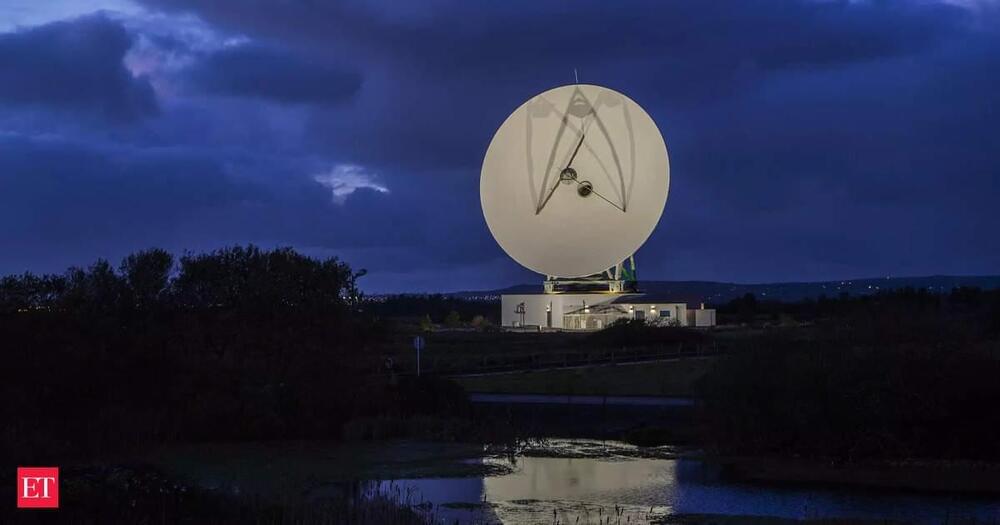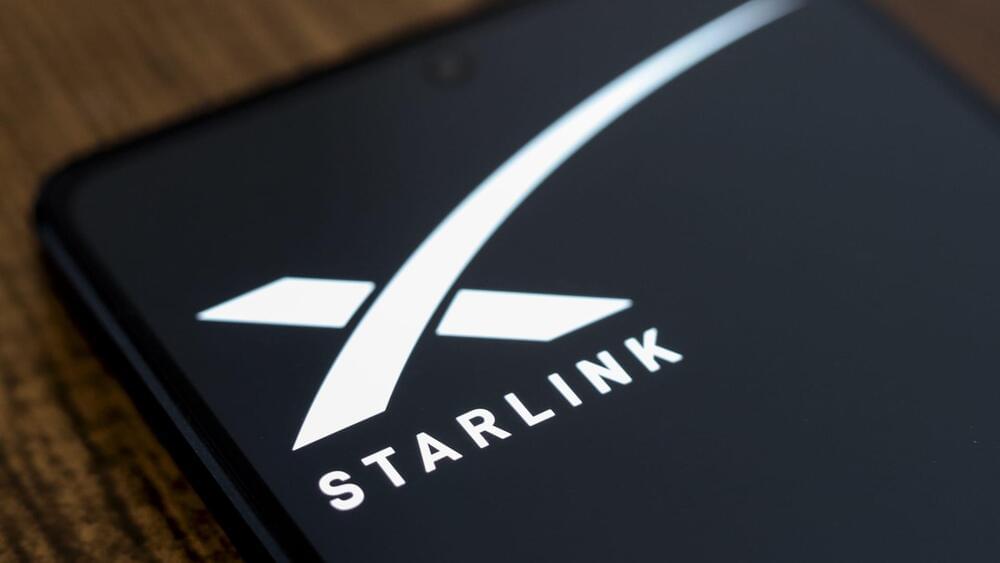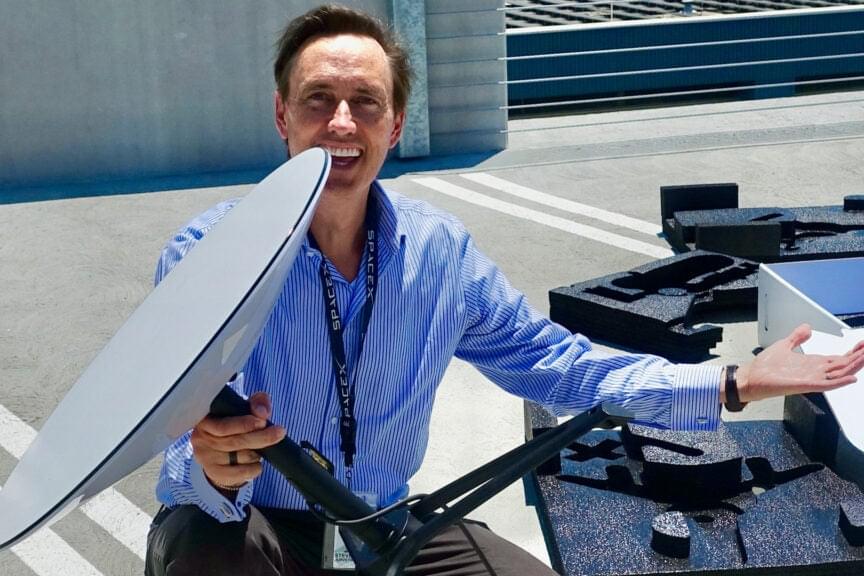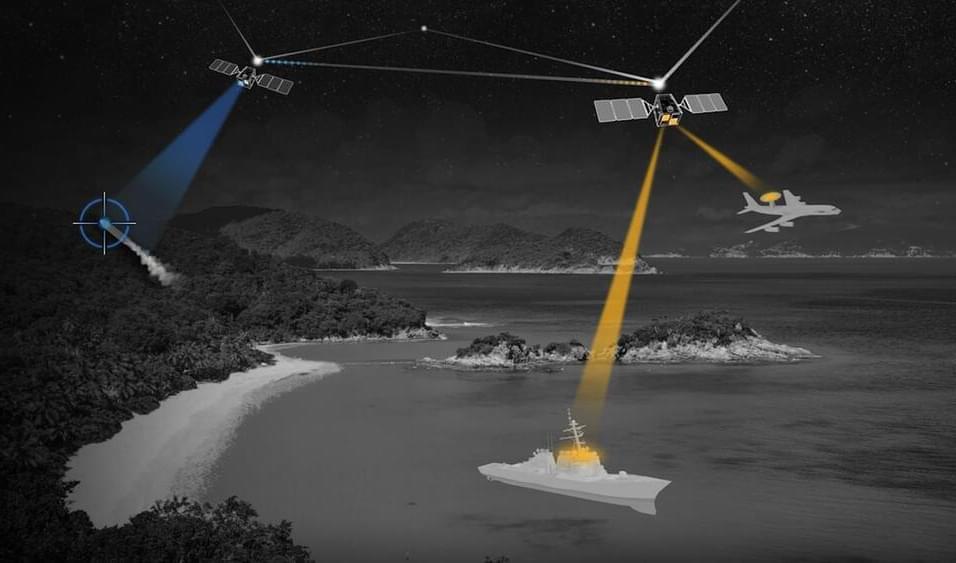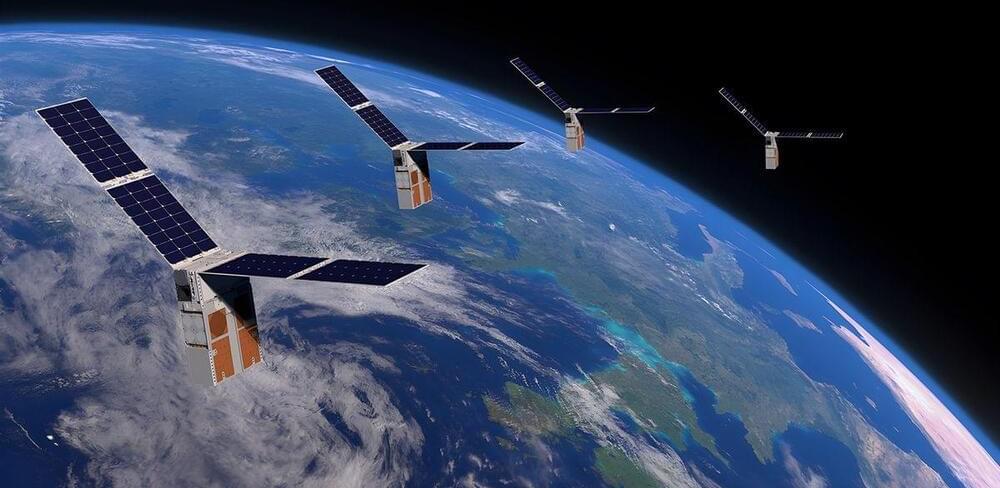NASA’s goal of building a space plane might at last come true. Should one company succeed in its mission, spaceplanes might actually become a reality. Unlike multi-stage rockets, Radian’s model has the potential to be a less expensive means of space travel.
A company is bringing back to life a NASA concept from decades ago to construct a reusable space plane that could affordably transport humans and small payloads into space. NASA investigated building a space plane prototype known as the X-33 in the 1990s, but the project was shelved in 2001 due to technical problems. With Radian One, a space plane that can carry up to five astronauts at a time and is fully reusable up to 100 times, Seattle-based Radian Aerospace is currently attempting to complete what NASA started.
The company’s chief technology officer, Livingston Holder, oversaw NASA’s X-33 program and is in charge of the new endeavor. Holder told CNN that since 2001, enough has changed to make building a space plane a more feasible objective. They’ve got composite materials that are lighter, tougher, and can take a larger thermal range than they had back then. And propulsion is better than anything they had, in terms of how efficiently it burns propellant and how much the systems weigh. The business informed CNN that it intends to test a scale model this year and that it has raised nearly $28 million to build Radian One in 2022.
